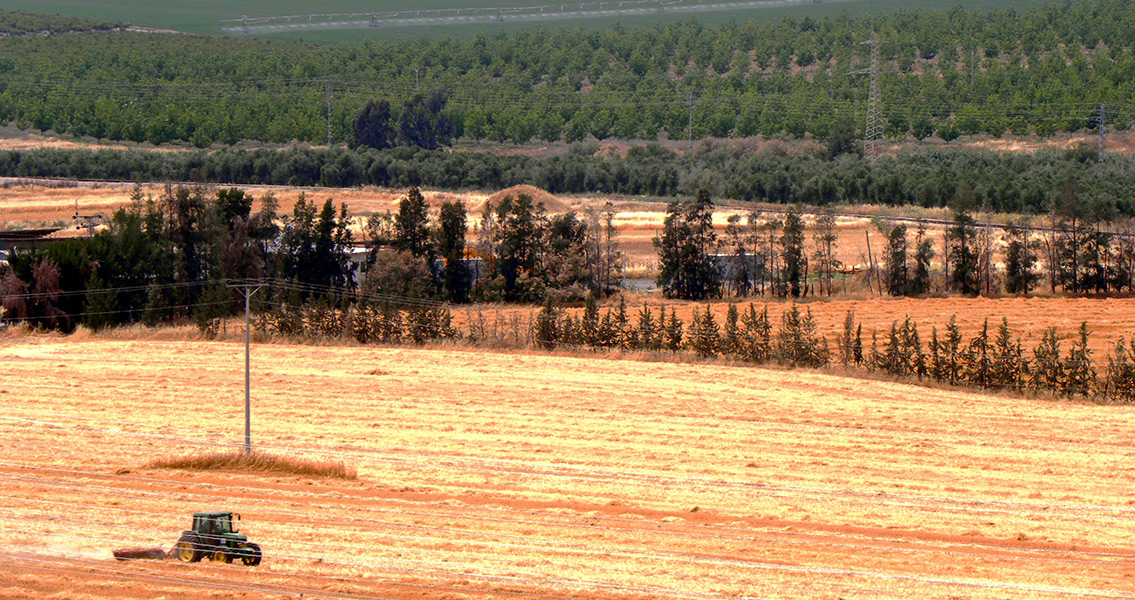<![CDATA[Hikers exploring the subterranean passages of a cave located in southern Israel unexpectedly discovered a menorah and cross carved side-by-side on the wall of the cave, according to a statement released by the Israel Antiquities Authority (IAA). Although the two figures were drawn in close proximity to each other, they were likely created hundreds of years apart. IAA archeologists have dated the carvings of the menorah and the cross to the second century CE and the fourth century CE respectively. With seven arms and three legs, the menorah is representative of the traditional one that would have been found in Jerusalem in the Second Temple, according to the IAA statement. The discovery of the two symbols, one associated with Judaism and the other with Christianity, coincides with the uncommon overlap of the Jewish and Christian holidays, where the first night of Hanukkah fell on Christmas Eve. Such an occurrence has only happened four times since 1900. There are more etchings on the walls, including one that appears to be a key, which have not been conclusively identified. Many of the caves at the site, referred to as the Judean Shephelah, are known to have been hideouts for rebel Jews when Simon bar Kokhba led the uprising against the Romans approximately 2,000 years ago. The IAA district archaeologist of Ashkelon, Sa'ar Ganor, said in the statement: "The menorah was probably etched in the cistern after the water installation was hewn in the bedrock, maybe by inhabitants of the Jewish settlement that was situated there during the Second Temple period and the time of Bar Kokhba”, adding, “The cross was etched later on, during the Byzantine period." Modern-day menorahs generally have nine arms, eight of which represent Hanukkah’s eight nights, plus an extra which holds the candle used to light the others. Seven-armed menorahs are associated with the ones from the First and Second Temples, predating Hanukkah which only emerged as a holiday after the Second Temple was destroyed by the Romans in 70 CE. Menorah symbols have been discovered in old Hebrew scrolls, stamped on jar handles, and carved into stone that was found in an ancient Turkish city. Wall engravings of menorahs, however, are uncommon, making this new find an important one for learning what life in the caves of Judean Shephelah was like thousands of years ago. "It is rare to find a wall engraving of a menorah", Ganor says in the statement. "This exciting discovery, which was symbolically revealed during the Hanukkah holiday, substantiates the scientific research regarding the Jewish nature of the settlement during the Second Temple period." The menorah is described as a seven-lamp ancient Hebrew lampstand in the Bible, which was made entirely of gold and used by Moses in the wilderness and again in the Temple of Jerusalem 300 years later. The cross, the best-known symbol of Christianity, is seen as a representation of the crucifixion of Jesus, also described in the Bible. Images of the discovery can be found here ]]>
A Menorah and Cross Etched Side-by-Side Hundreds of Years Apart
